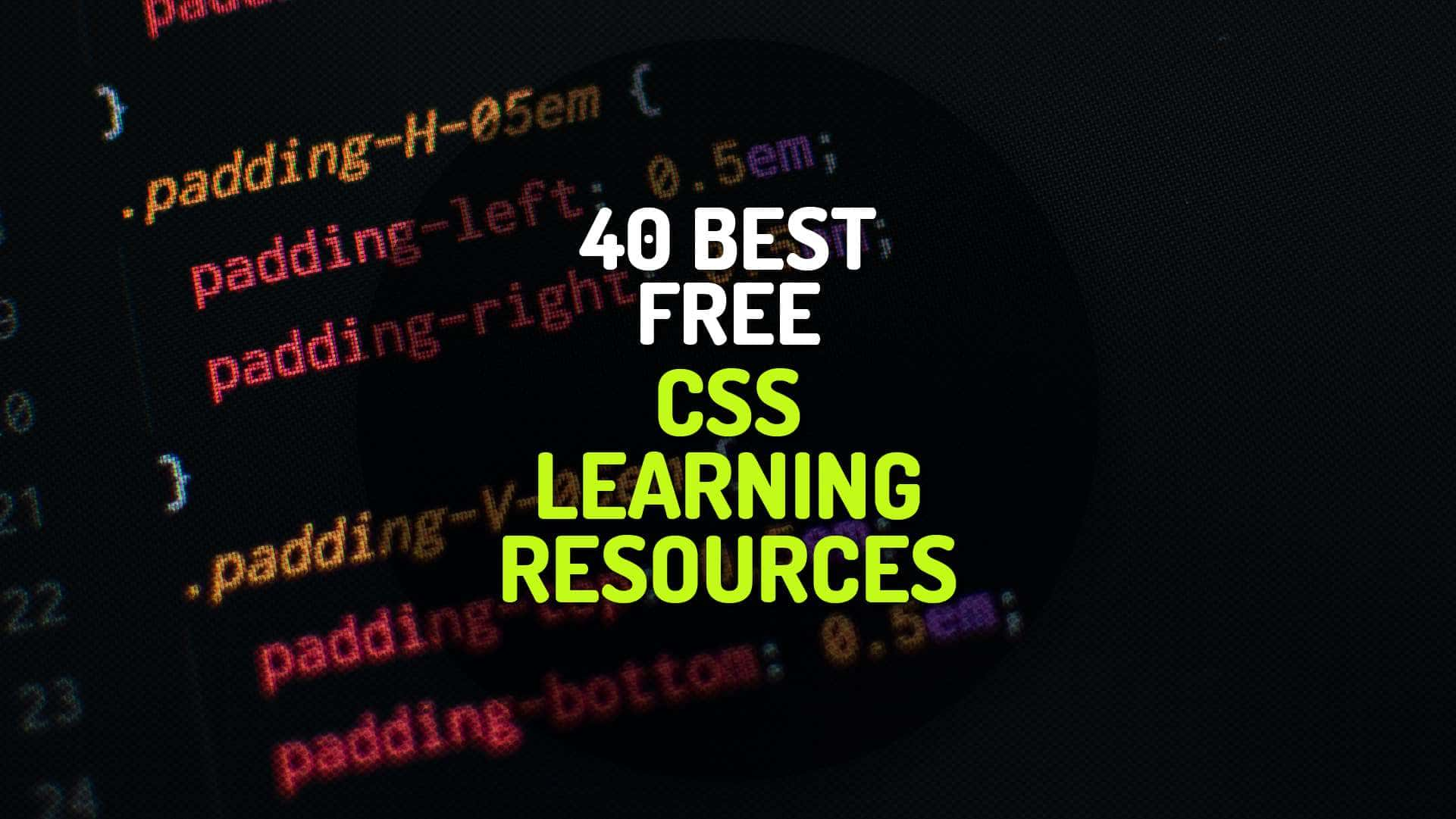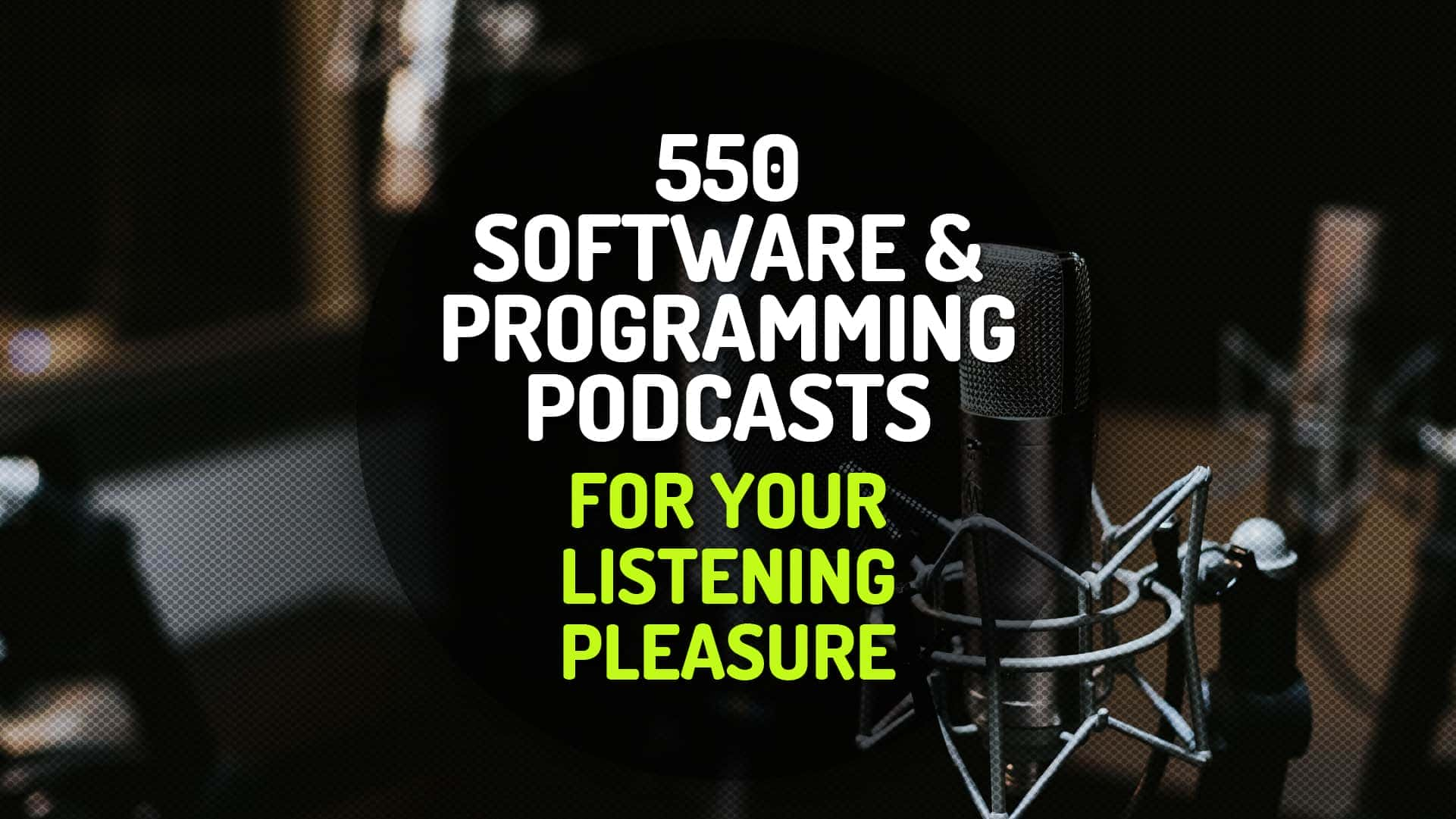This is a book on the functional paradigm in general. We’ll use the world’s most popular functional programming language: JavaScript. Some may feel this is a poor choice as it’s against the grain of the current culture which, at the moment, feels predominately imperative. However, I believe it is the best way to learn FP for several reasons:
- You likely use it every day at work.
- We don’t have to learn everything up front to start writing programs.
- The language is fully capable of writing top notch functional code.
That said, typed functional languages will, without a doubt, be the best place to code in the style presented by this book. JavaScript will be our means of learning a paradigm, where you apply it is up to you. Luckily, the interfaces are mathematical and, as such, ubiquitous. You’ll find yourself at home with swiftz, scalaz, haskell, purescript, and other mathematically inclined environments.





